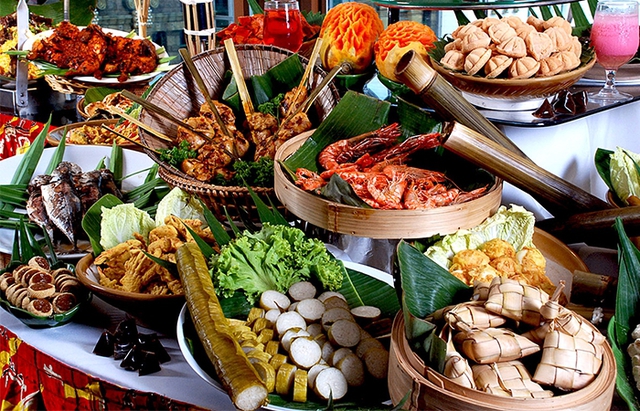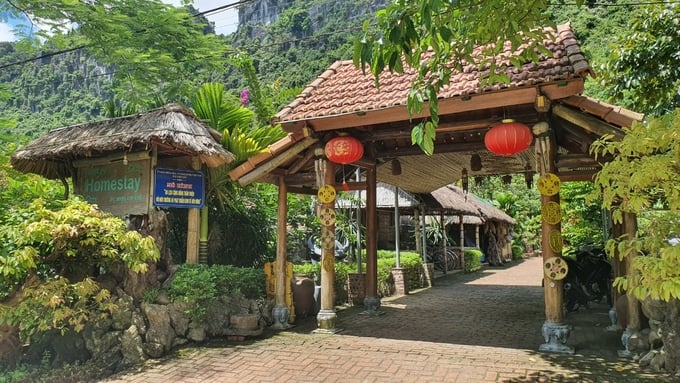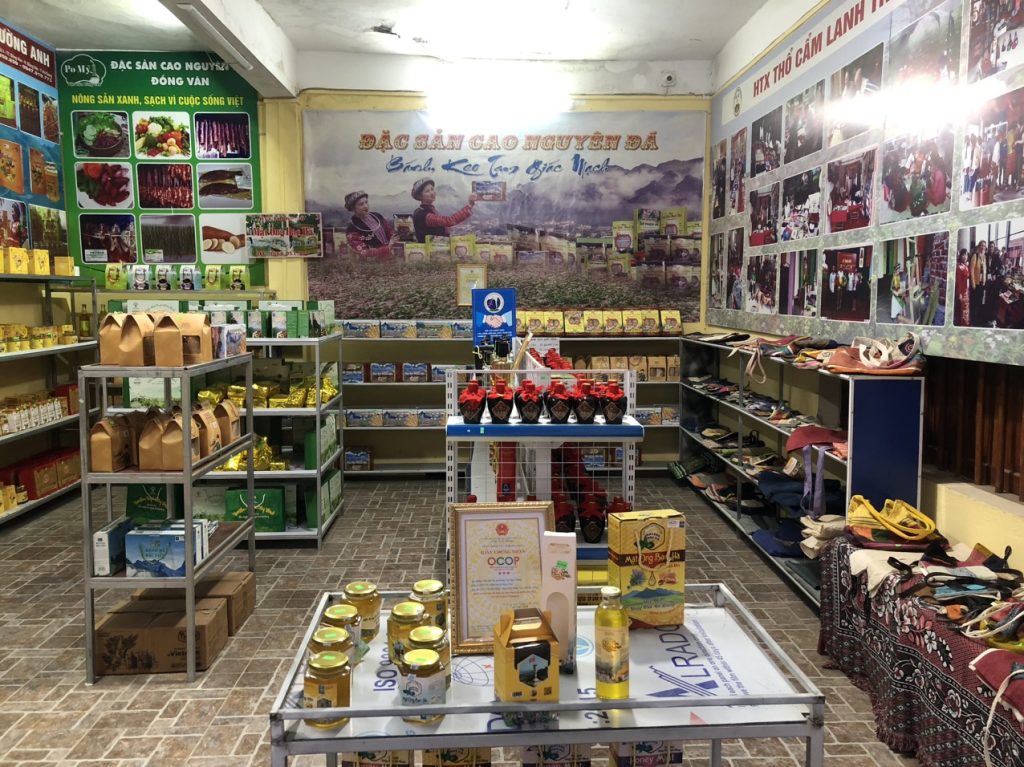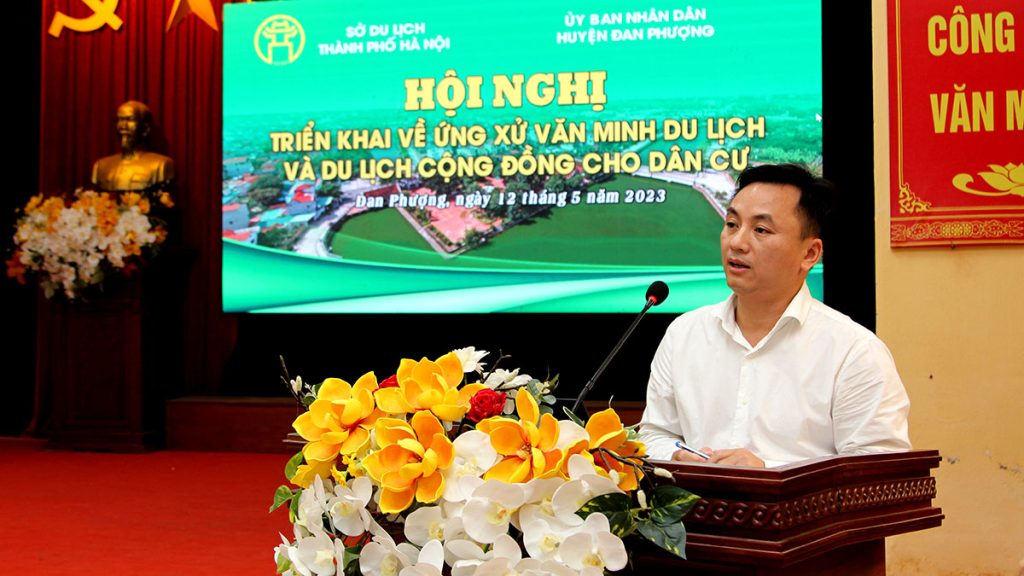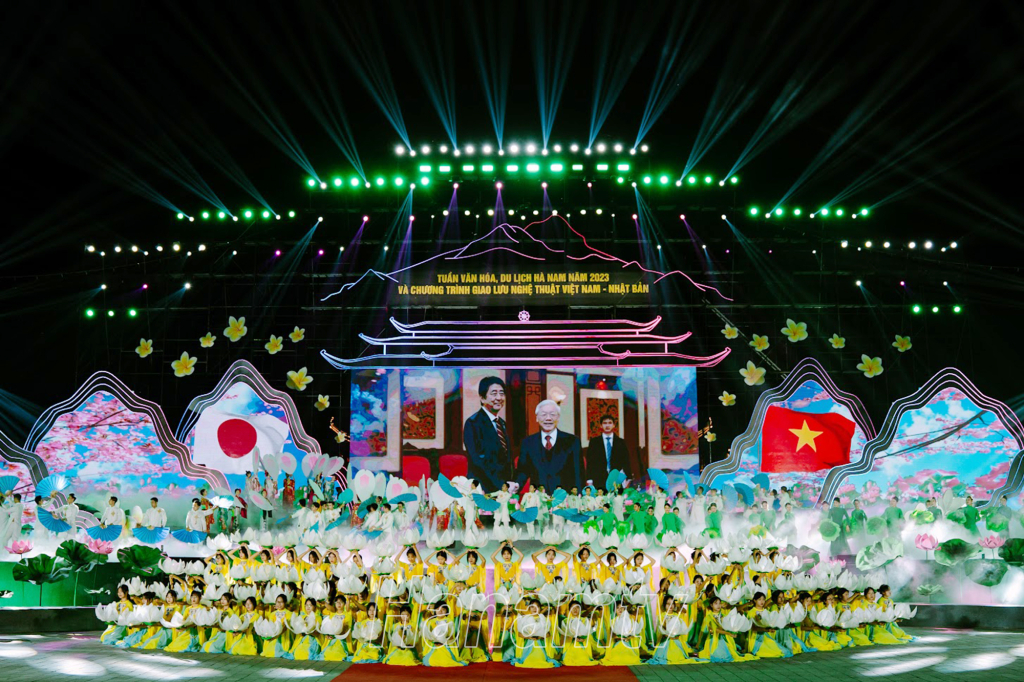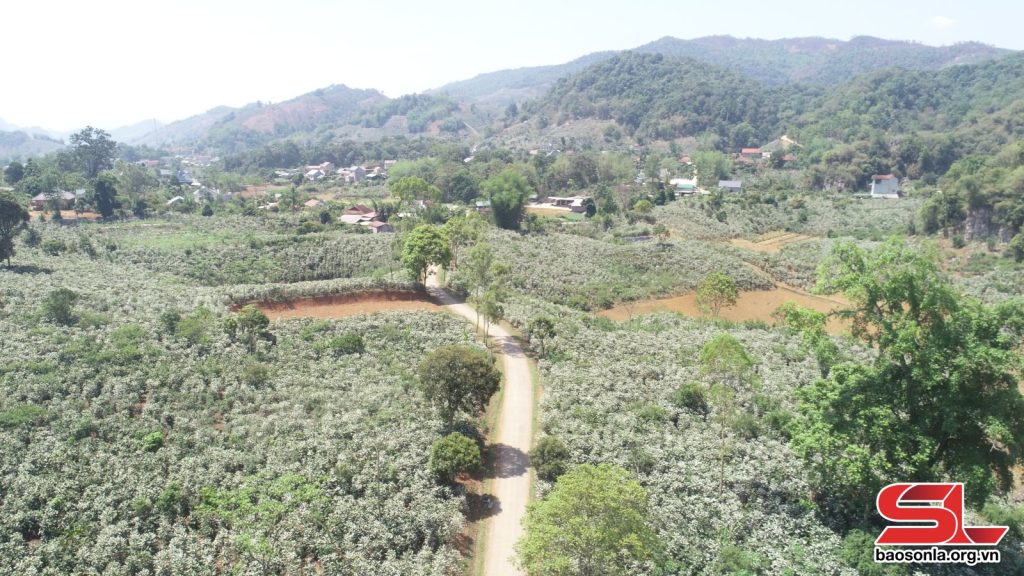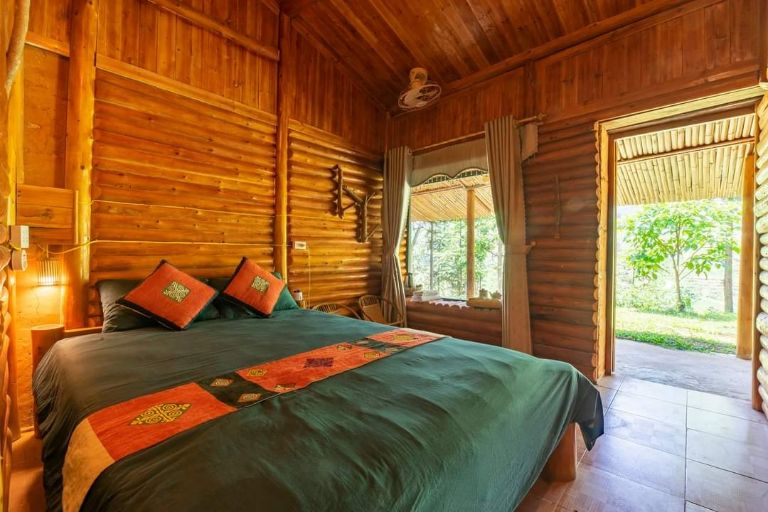Developing green tourism is one of the solutions for Vietnam’s tourism to develop sustainably. Grasping that trend, Van Ho district (Son La province) focuses on developing tourism associated with protecting the landscapes and environment, preserving and promoting cultural values bearing the local identity
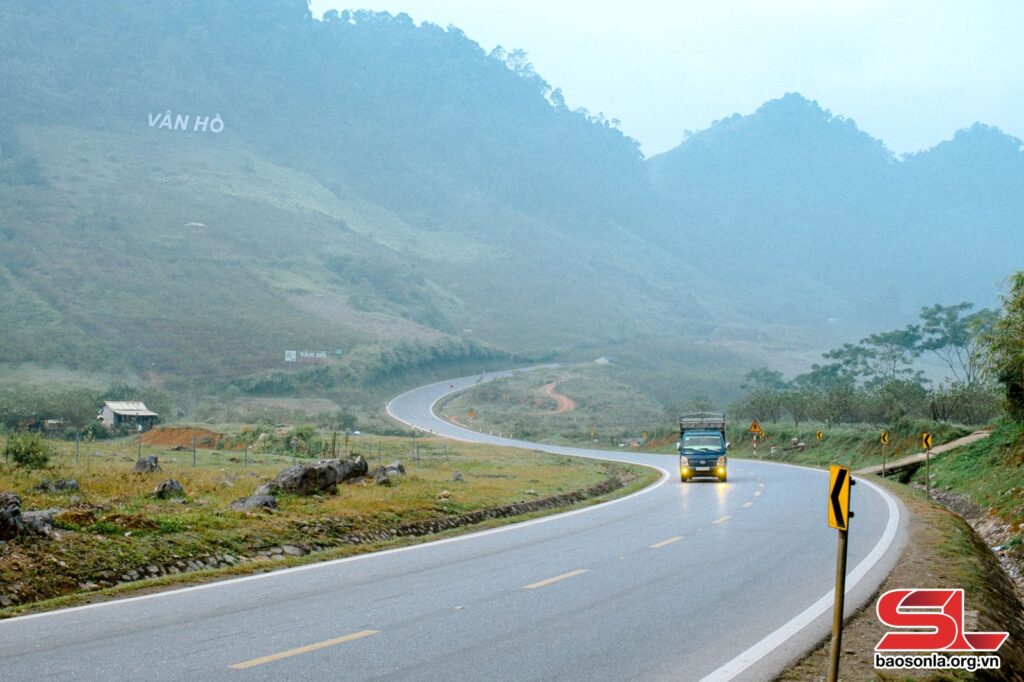
Located in the Moc Chau National Tourist Area, Van Ho district is blessed with many beautiful, rich landscapes and a cool climate all year round, which are favorable conditions for tourism development. With an average temperature of less than 20 degree Celsius, Van Ho has as many advantages as famous resort destinations with similar climates, such as Sa Pa in Lao Cai province, Tam Dao in Vinh Phuc province or Da Lat in Lam Dong province. However, it is still pristine and has not been affected much by human activities.
With the terrain of the limestone plateau, Van Ho district boasts majestic natural landscapes, white waterfalls, cool streams, majestic caves and mysterious old forests. It has many ethnic groups living together with traditional cultures bearing their own identities, preserved and developed, creating a colourful cultural picture.
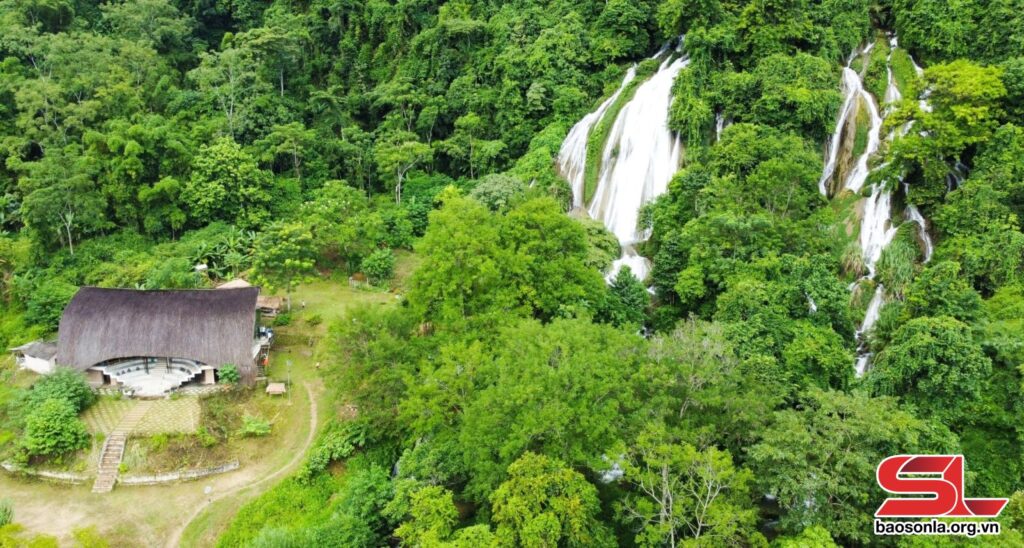
Developing sustainable green tourism on the basis of protecting the landscapes and environment, preserving and promoting the cultural values of ethnic groups is identified as one of the important solutions for Van Ho tourism to become a strength in the district’s economic development.
Therefore, the district has directed communes to develop tourism in the right direction, preserving natural landscapes. It has also provided financial support for communes to restore and recreate a number of traditional and unique festivals of ethnic groups, while preserving typical cultural features and promoting Van Ho culture and people, creating tourism products that attract domestic and foreign tourists.
The district has focused on preserving and restoring festivals, folk cultural activities, and traditional crafts to serve tourism development, such as ethnic cultural festivals on the occasion of Independence Day (September 2); the Ban (Bauhinia) Flower Festival in Chieng Khoa commune; and the Peach Blossom Festival in Long Luong commune. The district has set up more than 100 mass art troupes in residential areas, hamlets and sub-zones, who regularly participate in exchanges, festivals and competitions.
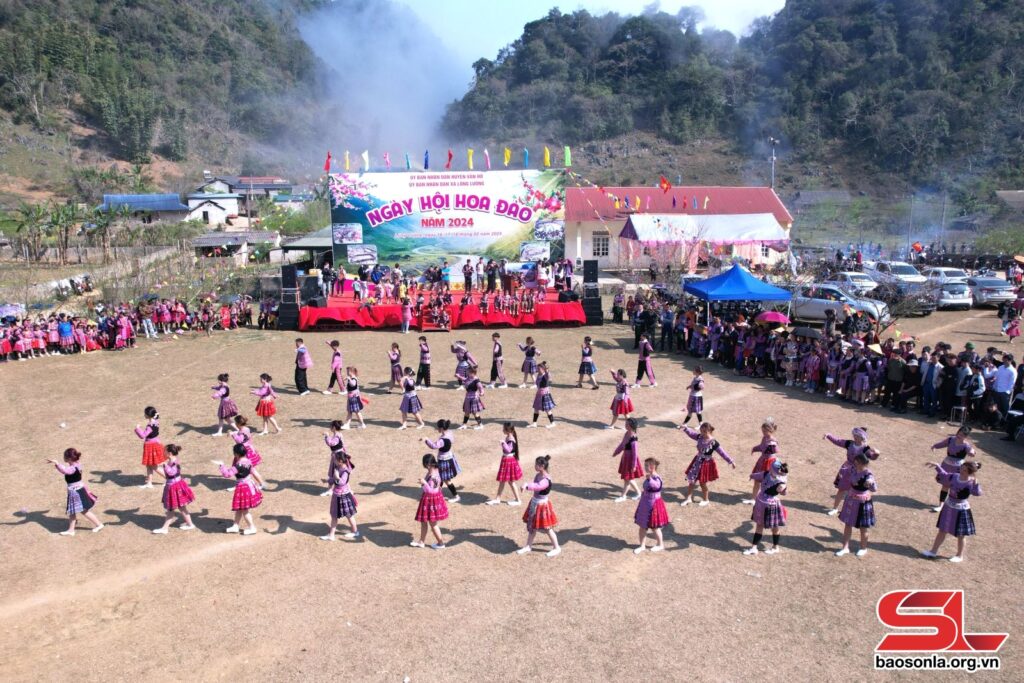
The unique cultural features of ethnic groups have created an important premise for Van Ho to develop community tourism. Currently, it boasts many well-known community tourism hamlets such as Ban Buot, Na Bai and Phu Mau in Chieng Yen commune; Hua Tat and Chieng Di in Van Ho commune.
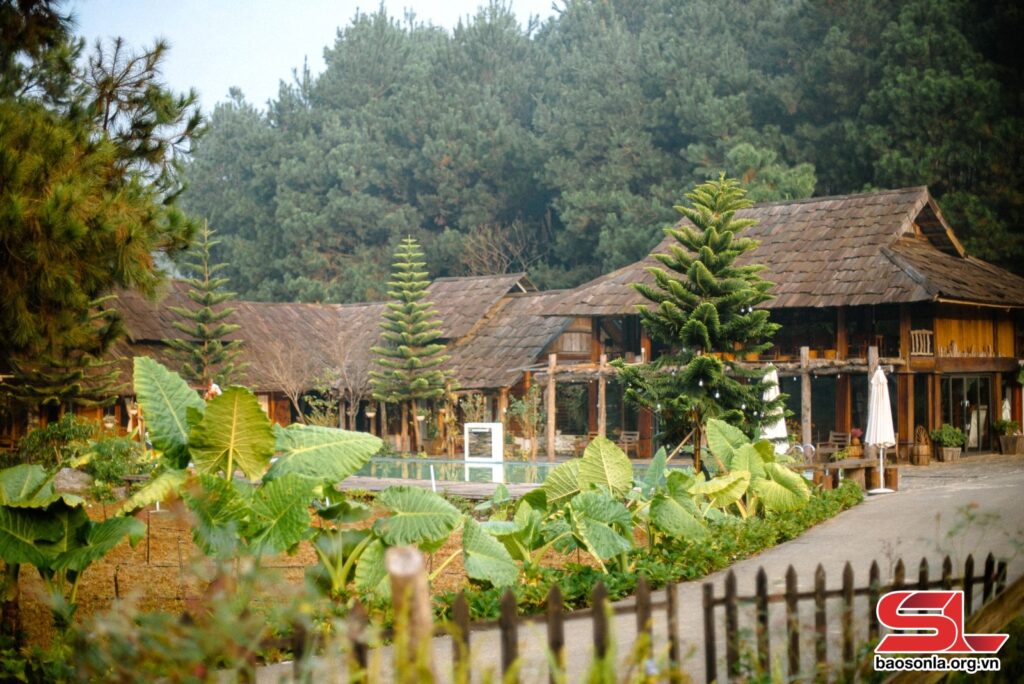
Taking advantage of resources to develop tourism, Van Ho district has coordinated with the Action on Poverty (AOP), an Australian NGO, to support community tourism development models in some hamlets in the district; survey and prepare a plan to improve the S-shaped section on National Highway 6 in Long Luong commune.
The project has developed a community tourism model in Chieng Di 1 hamlet, Van Ho commune; Muong An hamlet in Xuan Nha commune and Na Sang hamlet in Chieng Xuan commune. It has also organised night market activities in Chieng Di 1 and Chieng Di 2 hamlets and opened community tourism sites in Phu Mau and Na Bai hamlets in Chieng Yen commune.

Creating green tourism products, Van Ho is attracting more and more tourists. Since the beginning of this year, the district has welcomed over 193,000 visitors and earned nearly 98 billion VND (3.85 million USD) in tourism revenue, contributing to promoting and introducing the image of the Moc Chau National Tourist Area – the “World’s Leading Regional Nature Destination”.
en.baosonla.org.vn

